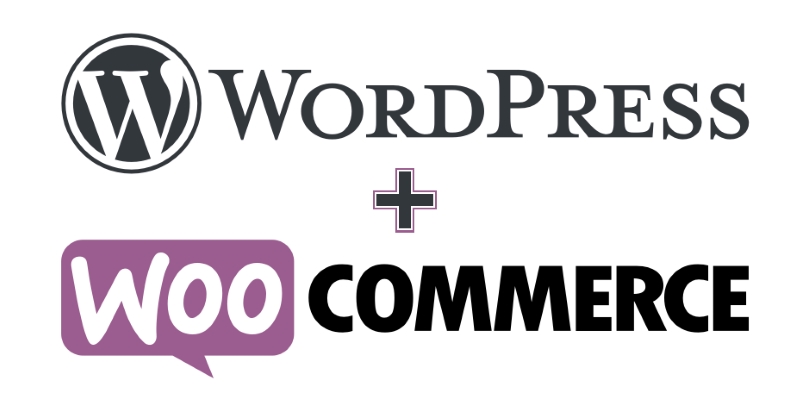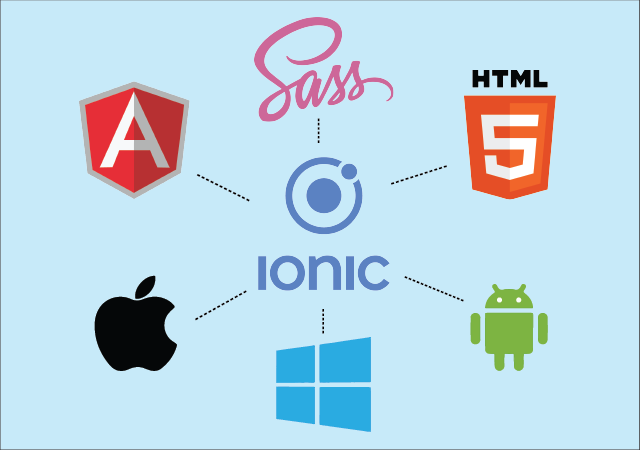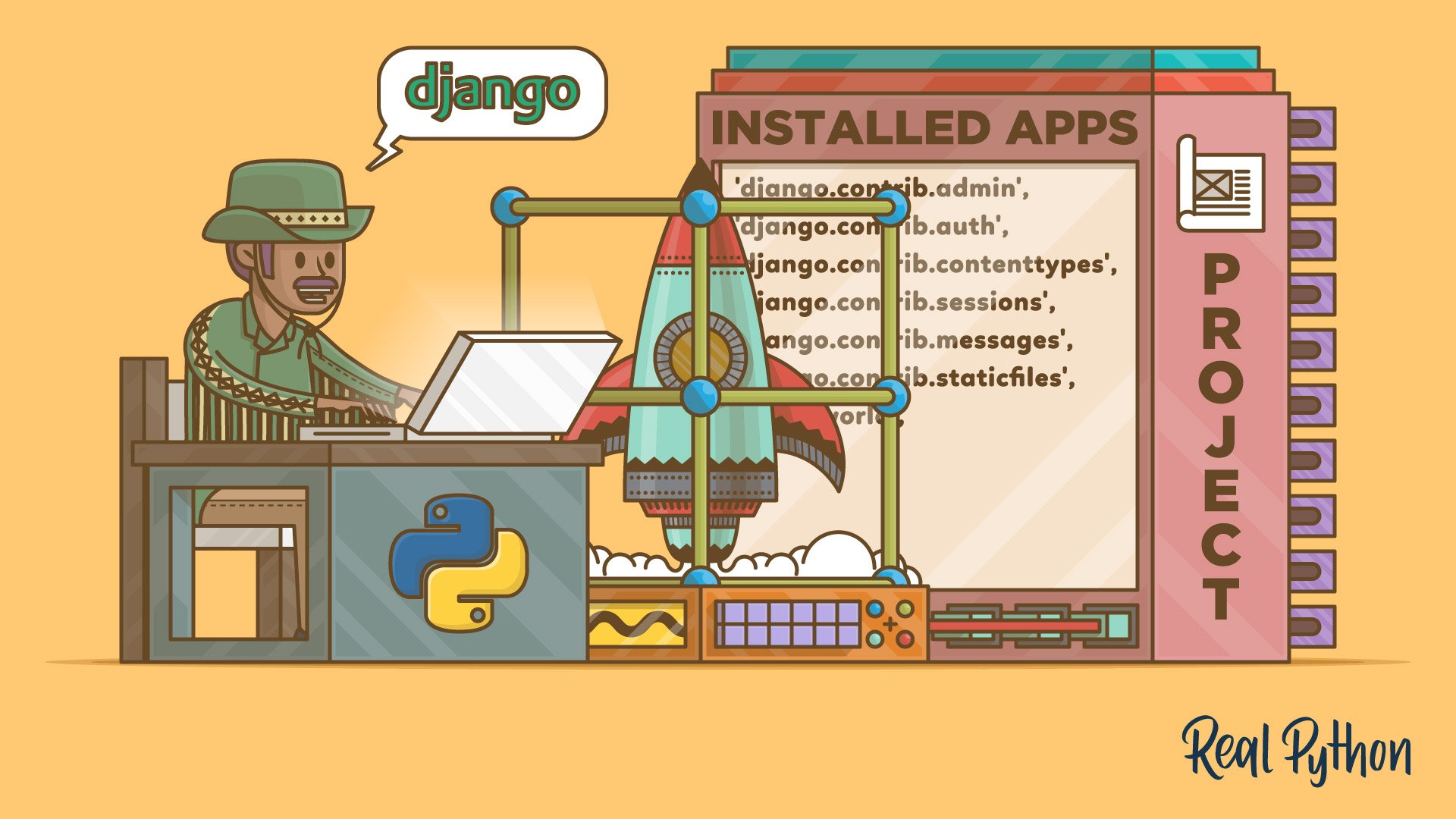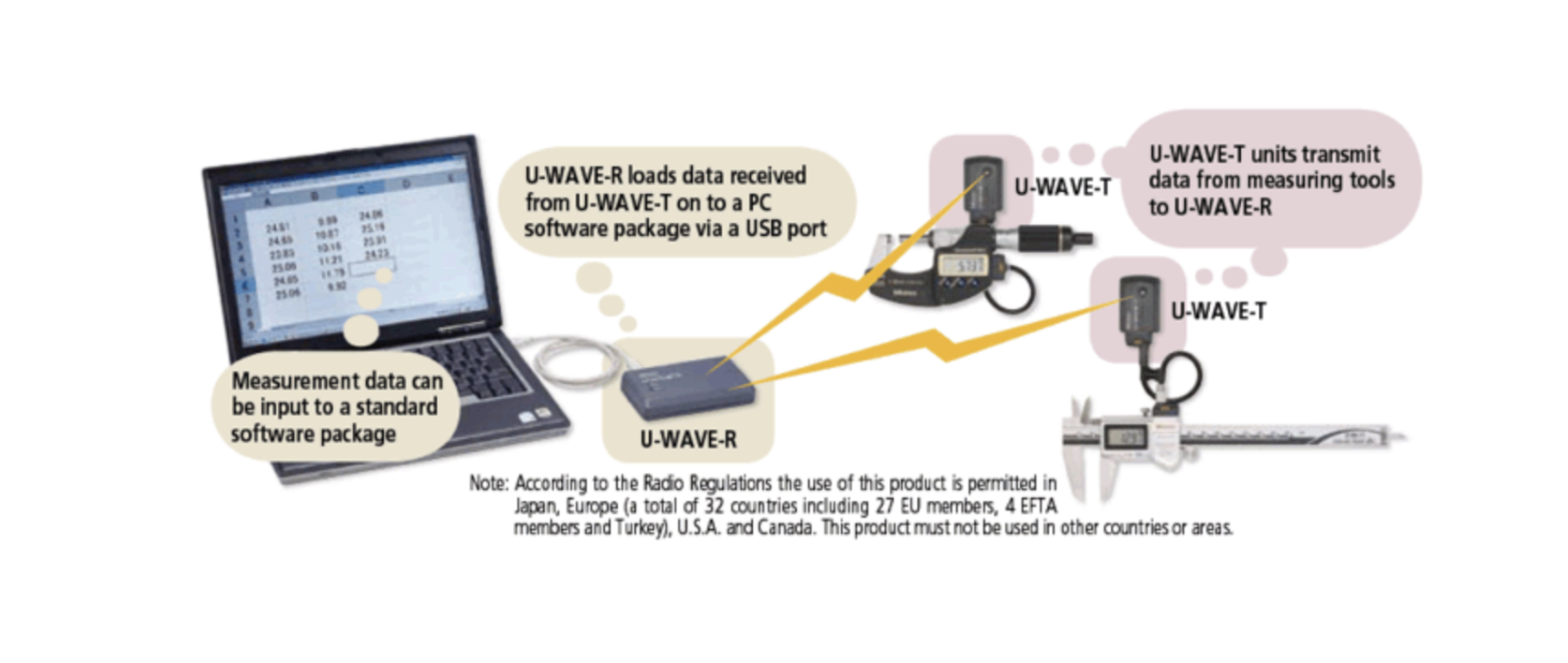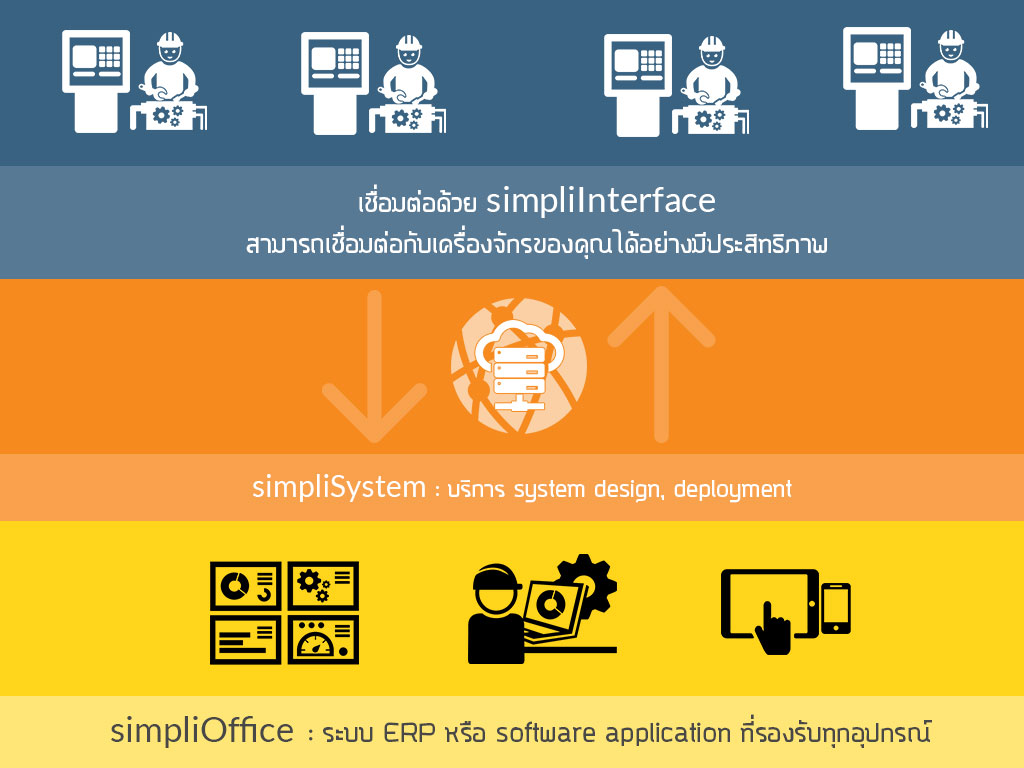Building an OCPP System from Scratch: A Comprehensive Guide
As electric vehicles (EVs) grow in popularity, the demand for reliable EV charging infrastructure continues to rise. The Open Charge Point Protocol (OCPP) is the industry standard for communication between EV chargers (charge points) and central management systems. If you're considering building an OCPP-based system, this blog post will guide you through the process from concept to deployment.
What is OCPP?
OCPP is a free, open-source protocol that enables interoperability between charge points and central systems. It supports functionalities such as session management, firmware updates, remote monitoring, and advanced features like smart charging.
The most widely used versions are:
- OCPP 1.6: Supports SOAP and WebSocket protocols, widely adopted globally.
- OCPP 2.0.1: The latest version, offering enhanced security, monitoring, and extensibility.
Key Components of an OCPP System
An OCPP system consists of the following:
- Central System: The backend system managing charge points, handling requests, and storing data.
- Charge Points: The EV chargers that communicate with the central system using OCPP.
- Database: Stores charge point information, user details, and transaction data.
- User Interfaces: Dashboards and mobile apps for administrators and users.
System Component Diagram
Below is a component diagram that illustrates the architecture of an OCPP system:
graph TD
A[Central System] -->|WebSocket/SOAP| B[Charge Point 1]
A -->|WebSocket/SOAP| C[Charge Point 2]
A -->|WebSocket/SOAP| D[Charge Point N]
A -->|REST API| E[Admin Dashboard]
A -->|REST API| F[Mobile App]
A -->|Database Connection| G[(Database)]
subgraph Backend
A
end
subgraph Frontend
E
F
end
subgraph Charge Points
B
C
D
end
subgraph Data Storage
G
endSteps to Implement an OCPP System
1. Understand Requirements
Identify your system's needs, such as:
- Which version of OCPP to support (e.g., 1.6 or 2.0.1)?
- Communication protocol: WebSocket or SOAP?
- Number of charge points to manage.
- Security requirements (e.g., TLS encryption).
2. Design the System Architecture
Create a modular architecture to ensure scalability and maintainability. A typical architecture includes:
- Backend: Manages communication with charge points and processes business logic.
- Frontend: Dashboards and apps for user interaction.
- Database: Central storage for system data.
- Messaging Queue: Handles asynchronous tasks like sending commands or processing events.
3. Choose Your Technology Stack
- Backend: Python (Flask, FastAPI), Node.js, Java (Spring Boot), or C# (.NET Core).
- Frontend: React, Angular, or Vue.js for web interfaces; Flutter or React Native for mobile apps.
- Database: MySQL, PostgreSQL for relational needs, or MongoDB for flexible data storage.
- Messaging: RabbitMQ or Kafka for queuing tasks.
4. Implement Core Features
Central System
- Establish WebSocket/SOAP communication with charge points.
- Implement handlers for OCPP messages such as
BootNotification,Authorize,StartTransaction, andHeartbeat. - Use a database to persist charge point states and transaction logs.
Charge Points
- Develop a lightweight client-side application to send and receive OCPP messages.
- Manage charge point states (e.g., Available, Charging, Faulted).
- Secure communication using TLS (for OCPP 2.0.1).
Frontend and APIs
- Build a user-friendly admin dashboard to monitor charge points and transactions.
- Provide RESTful APIs for mobile apps to interact with the central system.
Security
- Encrypt communication using TLS.
- Implement certificate-based authentication for OCPP 2.0.1.
- Secure APIs using OAuth 2.0.
5. Test Your System
- Use tools like Postman to simulate OCPP message exchanges.
- Validate your implementation against official OCPP schemas.
- Test for scalability and resilience under high loads.
6. Deploy and Scale
- Deploy the backend using cloud platforms like AWS, Azure, or GCP.
- Use containerization tools like Docker and orchestration tools like Kubernetes.
- Optimize for scalability with load balancers and database replication.
Common Challenges and Solutions
Interoperability Issues
- Ensure compliance with OCPP schemas.
- Test with real-world charge points from different manufacturers.
Message Handling
- Use robust error-handling mechanisms for invalid or unexpected messages.
- Implement retry logic for failed communications.
Scalability
- Use horizontal scaling for the central system to manage high volumes of connections.
- Optimize database queries and use caching for frequently accessed data.
Conclusion
Building an OCPP system from scratch is a complex but rewarding endeavor. By following best practices in system design, choosing the right technologies, and adhering to the OCPP specification, you can create a scalable and reliable solution for managing EV charging infrastructure. Whether you're developing for a single station or a nationwide network, OCPP ensures your system is ready for the future of electric mobility.
Ready to start building? Let us know your thoughts or challenges in the comments below!
Get in Touch with us
Related Posts
- 她的世界
- Her World
- Temporal × 本地大模型 × Robot Framework 面向中国企业的可靠业务自动化架构实践
- Building Reliable Office Automation with Temporal, Local LLMs, and Robot Framework
- RPA + AI: 为什么没有“智能”的自动化一定失败, 而没有“治理”的智能同样不可落地
- RPA + AI: Why Automation Fails Without Intelligence — and Intelligence Fails Without Control
- Simulating Border Conflict and Proxy War
- 先解决“检索与访问”问题 重塑高校图书馆战略价值的最快路径
- Fix Discovery & Access First: The Fastest Way to Restore the University Library’s Strategic Value
- 我们正在开发一个连接工厂与再生资源企业的废料交易平台
- We’re Building a Better Way for Factories and Recyclers to Trade Scrap
- 如何使用 Python 开发 MES(制造执行系统) —— 面向中国制造企业的实用指南
- How to Develop a Manufacturing Execution System (MES) with Python
- MES、ERP 与 SCADA 的区别与边界 —— 制造业系统角色与连接关系详解
- MES vs ERP vs SCADA: Roles and Boundaries Explained
- 为什么学习软件开发如此“痛苦” ——以及真正有效的解决方法
- Why Learning Software Development Feels So Painful — and How to Fix It
- 企业最终会选择哪种 AI:GPT 风格,还是 Gemini 风格?
- What Enterprises Will Choose: GPT-Style AI or Gemini-Style AI?
- GPT-5.2 在哪些真实业务场景中明显优于 GPT-5.1





